|
Richard Hunn (Wen Shu) was NOT keen on any notion of ‘Transmitting’ the Ch’an Dharma. This coincided with his attitude of NOT wanting to be associated with any particular University, Publisher or Dharma Group, etc. I agree with this approach. Dogma, idealism and superstition has nothing to do with genuine Chinese Ch’an Buddhist practice. What an individual does with their mind (and body) regarding attitudes and opinions held concerning life, politics, culture or everyday activities – has absolutely NO interest for the genuine Chinese Ch’an Master! This attitude is encountered time and again throughout the Tang, Song, Yuan, Ming and Qing Dynasties Ch’an writings of Imperial China – with Master Xu Yun (1840-1959) carrying-on this attitude into the post-1911 era of ‘modern’ China! Obviously, I have NOTHING to transmit. Teaching is simply taking the conditions that already exist – and turning the awareness of the enquirer back toward the ‘empty mind ground’ from which all perception arises (and ‘returns’ according to the Chinese Ch’an tradition) - this is a ‘transmission’ in a general sense – but such an interaction cannot be interpreted as an individual in the West being granted ‘Transmission’. Within Chinese culture, such ‘Transmission’ was Confucian in origin and often travelled within birth families and specific name clans – very seldom (if ever) was a ‘Transmission’ initiated ‘outside’ the family (as ‘outsiders’ could not be trusted to use the family secrets of spirituality, science and martial arts properly). Later, when the ‘Transmissions’ of (related) ‘Father to Son’ was adjusted to accommodate (non-related) ‘Masters to Disciples’ - outside ‘Transmissions’ (separate from the Confucian birth-process) was developed. This is the agency of continuation from generation to generation preserved within the Chinese Ch’an tradition. Birth-relationship is replaced with a ‘strict’ attitude of ‘respect’ and the maintaining of ‘good’, ‘correct’ and ‘appropriate’ decorum, behaviour and deportment. Even within ‘modern’ China – this is a difficult interaction to a) perform and b) achieve. The standards for keeping the mind and body permanently ‘clean’ night and day and is often viewed as being far too difficult for the average individual to meet. As ‘Transmission’ is NOT a game and given that ‘Transmission’ within the Chinese Ch’an tradition is NOT the same as ‘Transmission’ within the Japanese Zen tradition – it is obvious that when the Chinese Ch’an tradition ‘flows’ into the West – it is NOT the case that ‘Transmission’ can easily be applied. The empty mind ground must be ‘realised’ (not an easy task) and ‘maintained’ in every situation (an even more unlikely achievement). I have experimented with ‘Transmission’ in the West – but have found that as soon as the event unfolds – an IMMEDIATE ‘dropping away’ of all interactive effort, respect and continuation occurs. This means that the crucial and inherent energy is diminished, sullied and obscured - and the Ch’an lineage loses its clarity, understanding and ability to ‘free’ others. This explains ‘why’ I have eventually WITHDRAWN all so-called ‘Transmissions’ as a means to emphasis the recorded activities of the Chinese Ch’an Masters – written down in China and translated into English by Charles Luk [Lu Kuan Yu] (1898-1978). Granting Chinese language Dharma-Names and formally ‘Welcoming’ individuals into the ‘Lineage’ - does NOT constitute a ‘Transmission’. As helping others is a key element of the Bodhisattva Vow – I do NOT wish to inadvertently ‘damage’ the Chinese Ch’an tradition entrusted to me – by generating what amounts to a ‘dysfunction’ of transmission.
0 Comments
A number of people have enquired about Richard’s life in the UK pre-1991. Like everyone who lives within lay-society, life tends to have its ups and downs. The life of Richard Hunn was no different. He was born in 1949 – a time in the UK that still had ‘rationing’ and when the country was still recovering from the devastation of WWII! When he passed in 2006, he was 57-years-old and if he were alive today – he would be 71-years-old! The point is that physical life goes on through its various cycles and whether we go on with it is a matter of genetics, personal choices and events in the world which are beyond our control. Richard was married in the UK in the early 1970s and eventually had two children. He had many adventures in this segment of his life and knuckled-down to a) realize the empty essence of his mind under the guidance of Charles Luk (1898-1978) and b) perfect his translation skills of the Chinese language into English. Of course, Master Xu Yun (1840-1959) passed away in his 120th year when Richard was just ten-years-old – whilst Charles Luk passed away at the age of 80-years-old in 1978 when Richard was 29-years-old. Between 1978-1991 (13-years) Richard raised a family and perfected his extraordinary perceptual and linguistic skills. As with many other people living in the world of ‘red dust’ - personal relationships often evolve into new areas of being which no longer involve compatibility on the physical, emotional, psychological and spiritual planes – and this is exactly what happened between Richard and his then partner. Despite going through the turmoil of a failing relationship (which had many peculiar aspects to it) Richard Hunn never once mentioned this when communicating the ‘host’ position to me over a three-year time period.
Always emphasized in his words was the realization of the ‘empty mind ground’ - and nothing else (c. 1989-1991). I would only find out the true extent of the physical chaos when Richard and I became good friends around 2000 (as opposed to just ‘Master’ and ‘Student’), and he would spend hours telling me details to be recorded and stored away for future reference. A young man named Mark Dunlop had escaped from being held as a sex-slave in the bedroom of ‘Dennis Lingwood’ (during the late 1980s) - the founder of the ‘Friends of the Western Buddhist Order’ (FWBO) - and made his way to the Norwich home of Richard asking for help. Following this, the FWBO launched a highly aggressive hate-campaign against Richard Hunn for daring to expose Dennis Lingwood as being a sexual predator. In the 1960s, Lingwood had been an ordained Theravada Buddhist monk in India, but had been caught sexually abusing young boys when he was on the morning begging rounds in the local impoverished villages. The Indian Authorities had him ‘Deported’ back to the UK where Christmas Humphreys (the ‘QC’) and Head of the Buddhist Society used his influence as a freemason to prevent Lingwood from facing the judicial consequences of his crimes. Even today I am contacted by more and more people who have subsequently fallen prey to Lingwood’s sexual offending! As Lingwood lived in the Norwich area – this is where the FWBO Cult was then based (to escape the controversy of Lingwood’s sex-offending, the group has since changed its name to ‘Triratna’). On top of this, a local Catholic priest had informed Richard’s then partner that the moral safeguards protecting the dignity of individuals in the community did not apply to Richard – as he was a ‘non-believing’ heathen. This allowed any and all kinds of outrageous behaviour to ensue premised mostly upon a mindset motivated by raw ‘jealousy’ and a sense of intense inner ‘weaknesses and lack of ‘self-control’. Although their many incidents recorded, one that stands out is that a rich businessman impressed with Richard’s Ch’an instruction had come to visit Richard in his Norwich home to discuss the handing over of the deeds to a large country house situated in the Irish countryside. The house was to be given to Richard ‘free’ providing it could be used as a Centre for the practice of authentic Chinese Ch’an. The owner had experienced the other schools in the West and found them wanting. As Richard was sat discussing the transaction with the businessman – a loud smashing and crashing could be heard from outside. As the two ran outside to see what was happening – they found Richard’s then partner striking the windows, mirrors and bodywork of the businessman’s brand-new car with a hammer! Of course, the deal with the house fell through! Dear David
Thank you for your interesting question. Biography of Ven. Yin Guang (Chinese) https://baike.baidu.com/item/印光法师/10945693?fromtitle=印光大师&fromid=232596 In this general (standard) biography of Ven. Yin Guang - there is no mention of martial arts training. I cross-referenced this research with the following two alternative biographies of Ven. Yin Guang: http://fodizi.net/fojiaogushi/23420.html https://www.sohu.com/a/438399677_385282 Again, there is no reference of martial arts practice. However, sometimes martial arts practice is so obvious, familiar and run of the mill in China that biographers sometimes do not think to include it in biographies. Ven. Yin Guang was very ill and bedridden in his teenage years - where he studied Confucian texts with his brother. He does not seem to have had the strength in his youth to have practiced martial arts. The question is whether he learned martial arts later in his life? Master Xu Yun (1840-1959) had a number of students who practiced Shaolin martial arts (Master Ti Guang, Master Hai Deng and Master Shao Yun, etc). I suspect there were many more, and my friends in China state that Master Xu Yun practiced a 'higher' form of martial arts but forbade anyone from talking about it! Perhaps a similar situation exists for Master Yin Guang - a teacher who was highly respected by Xu Yun! Best Wishes Adrian Master Xu Yun (1840-1959) inherited all Five Schools of Ch'an Buddhism. So respected was his spiritual attainments that he was even transmitted lineages that he had not formally trained within - but whose teachers recognised that his depth of insight, humility and compassion fully equalled the divine levels of attainment that their schools demanded! In other words, without going out of his room, he knew all things (to quote the 'Book of Changes'). Chinese culture is very different to that of the modern West - despite the obvious similarities and intersections. Within the schools of Chinese spirituality - individuals can live very long periods time - and lineages can be passed from long-dead Masters to living Teachers and Practitioners! There is no need to justify any of this, it is just how things are - pure and simple. Lineages are like streams that flow into mighty rivers and then the sea! A genuine lineage should have a compelling force all of its own that propels adherents toward the intended spiritual goal! A true lineage is like an ever-moving conveyor-belt that moves everything along - continuously - and in the same direction! We must all set a good example for our colleagues, students and descendants! If we cultivate virtue and set a good example - then by our pure actions we are 'adding' momentum to the lineages we represent!
Charles Darwin’s theory of evolution through natural selection is elegant. Sometimes individuals mistakenly assume that evolution moves only in one direction only – as if for change to be valid it must be ‘progressive’ in a non-stop trajectory of development. The reality is something quite different. In fact, evolution occurs just as much by ‘regression’ as it does by ‘progression’ - such is the random nature of its unfolding. The human big-toe, for example, is actually a ‘deformed’ thumb similar that found on the human-hand today. At one time in human development, an early version of ‘us’ could climb trees and hold onto branches with the minimum of effort early in our development – similar to chimpanzees and other extant monkeys. However, when early humans took to pedal walking upright (along the ground), the thumbs on the ‘lower hands’ quite literally ‘devolved’ into a far more rigid ‘toe’ to aid balance and stability whilst standing, walking and running on two legs. This development ‘freed’ the human-hands to develop all kinds of dextrous activities which resulted in tool-making and the beginnings of the transformation of the environment. Positive developments within human evolutionary development, therefore, are not always ‘progressive’, and yet such ‘negative’ changes make way for some quite stunning improvements in human-activity and thought-processing, etc. This observation can be applied to the individual with regards self-cultivation. Not every change in life is ‘positive’ or necessarily ‘conducive’ to well-being or progression, and yet if used in an appropriate manner, can be adapted to advance our psycho-physical developments outside of our perceived safety zones. Sometimes, for human-beings to develop more completely, it is the ‘uncomfortable’ and the ‘unthinkable’ that must be embraced and treated like a long-lost friend. To achieve this, as individuals we must bravely advance into situations that usually we would possess no possible reason to be associated with. Many people, living in the modern world, are trained from birth to prefer those situations that confuse them least. Inherently, this also means that we tend to choose to live in situations that challenge us least. In a very subtle manner, we avoid the very challenges and conditions that would develop us the most, if only we allowed ourselves to manifest within them. Fear of failure, fear of suffering and fear of ridicule often keeps us from bravely exposing us to situations whereby we would not ‘voluntarily’ venture. Perhaps it is helping a homeless person covered in lice, urine and excreta, or assisting a disabled person with no social skills. It could be less obvious than this – such as mingling with those who hold intolerable ideological or political ideas. It could be an atheist mixing with a religionists – or a Socialist with a fascist, etc. My point is that sometimes, we must not artificially shut ourselves off from various realities just because we do not ‘like’ or ‘prefer’ them. Compassion and loving kindness work best when applied in situations and circumstance where neither of these attributes are thought to exist. If we firmly understand whatever spiritual, political or social reality we subscribe to, then our reasoning and logic should be so strong that exposure to contradictory ideas and situations should not ‘weaken’ but only ‘strengthen’ our resolve. Difference, although very real and tangible, should not be considered as an excuse for walling ourselves off from expressing a greater love for humanity whilst cultivating an insight into the spiritual essence of all reality. The Daoist sage Zhuangzi once said that a truly enlightened being must be indifferent to praise or blame – surely the only way to test this is to voluntarily enter into situations where we would usually never choose to enter. We must bring ‘light’ to the darkest corners of the Earth through such undertakings!
Dear B
The Phowa technique involves the expansion of consciousness from being confined to the inside of the head and body - to fully embracing the entire external world. The 'inner' and 'outer' are fully integrated - but not limited to this 'integration'. This is reflected in Stages Four and Five of the Cao Dong Prince and Minister Schemata. Therefore, the individual consciousness can only pass through the Brahma-Chakra (at the top of the skull) at the moment of physical death if full enlightenment (and an all-embracing mind) has been realised by the practitioner beforehand. Charles Luk sought-out a Mongolian Lama to clarify this issue as most Chinese Ch'an Masters remained 'indifferent' to questions of 'death', 'dying' and 'after-life', etc. Although Phowa is interesting, and represents a realised state that is part of the full Ch'an enlightenment - it is not required as a separate teaching. How to transition between the apparent states of 'living' and 'dying' is clearly exhibited within the Ch'an Records Charles Luk translated. However, as individuals we are 'free' to seek spiritual instruction from whatever spiritual tradition suits our needs at the time of enquiry. For instance, it strikes me that 'humility' is the spiritual power behind genuine 'internal' martial arts - and represents a vast reservoir of universal power above, beyond and below the entirety of existence - and that's just my preference! I have been engaged in the activity of Buddhist meditation for over three decades. In that time, I have experienced a number of ‘states’ marked by enhanced perception and awareness. These achievements have been confirmed by comparing their attributes with those described within Buddhist Sutras, and through examination by various Buddhist masters. The methods used has involved following the breath, chanting Pali and Sanskrit mantras, contemplating sections of Buddhist Sutras, considering the various ‘gong-an’ (Public Records) preserved within the Chinese Ch’an School, and the use of the ‘hua tou’ (word head) method. There has also been the direct instruction from a number of Buddhist Masters.
Today, whilst sat in deep meditative absorption, it is often the case that an intense sense of ‘pressure’ begins to be felt in the centre of the forehead (between the eyes). This pressure starts off slowly and builds in intensity so that a great physical pleasure and bliss is experienced. With practice, this feeling can manifest very quickly, often as soon as the eyes are closed and the meditation begins. It feels to me as if a matrix of small (but interconnected) muscles (laying across the flat-bone of the forehead) begin to gently ‘contract’ and resonate in a process that is something akin to sexual pleasure. As far as I am aware, this is a purely ‘physical’ response to the meditative process and although not easy to experience, is certainly not ‘mysterious’ in origin or manifestation. What is its purpose? The experience of what is referred to as the ‘opening of the third eye’ seems to be designed to focus (and alter) the conscious patterning of the mind. Before these muscle contract in this manner, the surface (and deep mind) must have been previously ‘calmed’ and ‘stilled’ for quite some time, before this reaction can be triggered. The pleasurable feeling is intense when fully realised. Although similar to a continuous sexual orgasm experienced across the forehead, there is also a similarity with the effects of a very strong drug which produces a similar effect in the body. Unlike a drug, however, (or sexual experience), the ‘third eye’ can persist for hours producing continuous waves of physical bliss that only comes to an end when formal meditation ceases, and there are absolutely no side-effects as there is with medical stimulants. These intense waves of physical pleasure (emanating from the centre of the forehead) focus the pure psychic energy and elevates the frequency of the mind patterning so that spiritual ‘light’ appears to flood the head, permeates the interior of the body, and then flows out into the environment. It is as if the muscular contraction of the forehead is a natural process that transforms the manner in which the mind functions and relates to the rest of the body and the environment. I suspect the experience of the ‘third eye’ is a natural process of human evolution designed as a method that initiates personal healing and serves as a natural pain-killer (similar to teachings found within the Daoist traditions). As regards the broader subject of religious interpretation, the process of the contraction of the muscles across the forehead is often ‘mystified’ and associated with divine intervention and external spiritual stimulation. In this model, the opening of the ‘third eye’ is viewed as a non-physical event entirely dependent upon theistic entities and the suspension of physical laws, etc. I certainly have no problem with these interpretations – but such ideas do not tally with my personal experiences. Always think for yourself and find your own way. Artist: Yang Bo (杨勃)| Contemporary Spirit · Young Oil Painting Artist Series - 2017-05-19 13:31
Supervisor: Guangdong Federation of Literary and Art Circles Organizer: Guangdong Lingnan Fine Arts Publishing House 杨勃 | 当代精神 · 青年油画艺术家系列 - 2017-05-19 13:31 主管:广东省文学艺术界联合会 主办:广东岭南美术出版社 As Spring transitioned into Summer (in 1945) - the Great Maser Huaixi (淮西大师 - Huai Xi Da Shi) wrote an article which made the following observation:
‘One morning, after eating (watery) porridge for breakfast, Master Xu Yun casually commented to a nearby monk: “It is my opinion that the Japanese invaders will definitely fail. I had a dream last night and saw the Japanese kneeling in defeat and asked to surrender to the Chinese government.” Soon after Master Xu Yun made this statement, the Japanese Imperial Army – which had raped and pillaged its way across China since 1931 - announced its unconditional surrender. Acting in accordance with the British, Americans and the Chinese – the Soviet Red Army had entered Northeast China (i.e. the Japanese puppet State of ‘Manchuria’) and like a giant tidal-wave had swept the usually stubborn and fanatical (Japanese) Kwantung Army out of existence! As Master Xu Yun usually took no notice of current (worldly) events, it is interesting that he made this comment. Of course, he was aware of the War Crimes and Crimes Against Humanity committed by the Japanese Imperial Army, as he had lived in the Southern areas of China at the time, and had been amongst the ordinary people who had directly experienced this Japanese barbarity. Indeed, the common people often said that wherever Master Xu Yun was sat in meditation – the Japanese bombs would fail to penetrate! Master Xu Yun was ‘other worldly’ and yet he had to live in this ‘real’ world. He possessed a sharp-mind and despite his compassion, he did not suffer fools lightly. He was a strict task-master who taught his disciples and students through the use of a harsh wisdom and pure discipline. He would ensure that the mind and body would be purified through ‘correct behaviour’ of body, and that greed, hatred and delusion would be uprooted from deep within the mind. Like any good Ch’an master – he could sense arrogance, pride and ignorance, as well as hidden motives and black hearts lurking within potential students. As this corruption is even more prevalent today, not tolerating this ‘klesa’ is a mark of any competent Ch’an teacher. Chinese Language Reference: http://www.youcin.com/shijie/152650210.html I am contacted every so often, and asked whether this site is still ‘active’ - as if its function is conventional and similar to the other sites. Of course, this is not true. The translation work that inspired Charles Luk (1898-1978), and (my teacher) Richard Hunn (1946-2006) was first suggest by the Venerable Old Monk – Xu Yun (虚云) [1840-1959) - because he had a dream (either sleeping or during meditation), that the Chinese Ch’an Dharma would spread to the West (as it historically had done from India to China), and that its methods would help endless numbers of Westerners. There was a time of intense activity, as I was provided with authentic Chinese language texts from my Mainland Chinese academic colleagues and fellow ethnic Chinese Ch’an practitioners. This activity has understandably slowed-down lately, as the amount of texts available has diminished. Our success has been to translate those readily available. More will undoubtedly become available in time, but I tend to prefer a more ‘natural’ approach to this process, and patiently ‘wait’ for genuine Chinese language texts to make themselves available. Although I am an academic specialising in the translation of Chinese historical and philosophical texts into English, the texts involving Xu Yun take a lot of spiritual energy to handle correctly. It is not a simple case of exchanging one set of words for another, as a deep and profound meaning must be a) perceived, b) understood, and c) translated and transliterated into a modern and reliable English translation. English speakers must receive (in their ethnic language) the correct meaning that Xu Yun (and his disciples) intended in their ethnic (Chinese) language. This is a special type of translating that is different to its conventional cousin. Simply exchanging words, (even the ‘correct’ word) is not good enough, as anyone with a dictionary and the requisite will-power can do that. I was trained by Richard Hunn for seventeen years, but even then, I was reticent to start translating full-time. Then, I met a number of very kind and encouraging Mainland Chinese people working in the UK, who encouraged me to start this project and formally take-over from Richard Hunn. As a consequence, we have built-up a compendium of good quality Chinese Ch’an texts that are rare in the West and designed to inspire readers to sit strongly and look within using the hua tou (Who is hearing?) - with a persistent (but gentle) power of concentration...
|
Archives
March 2024
Categories
All
|
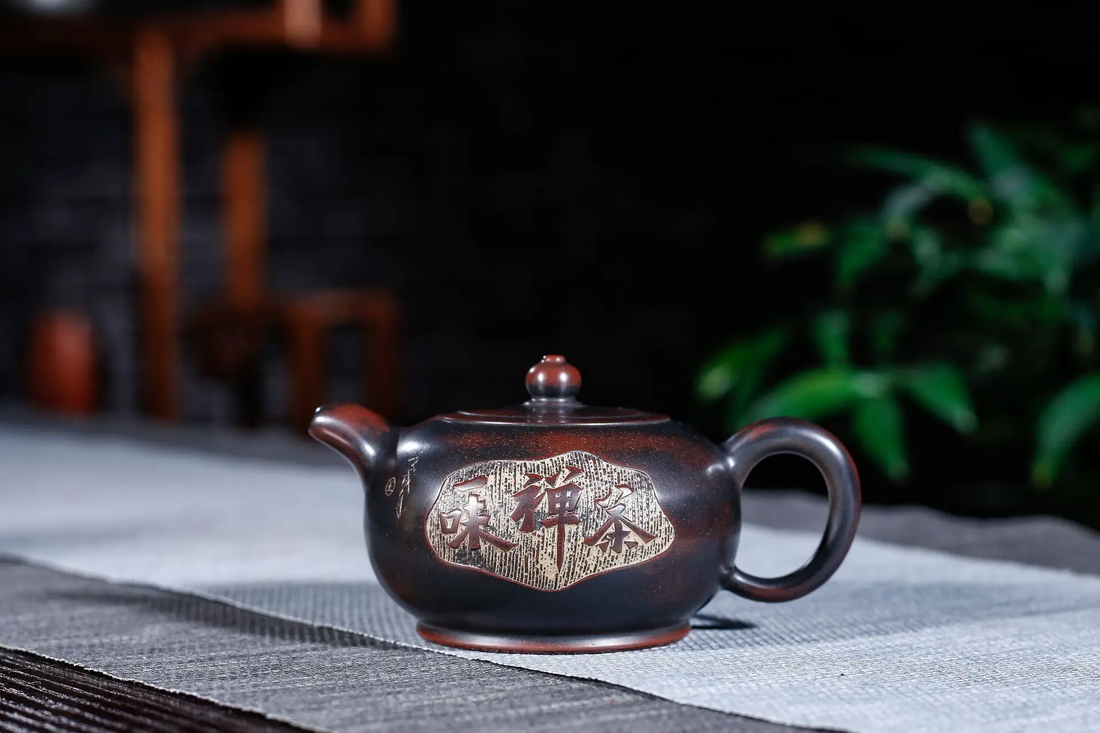
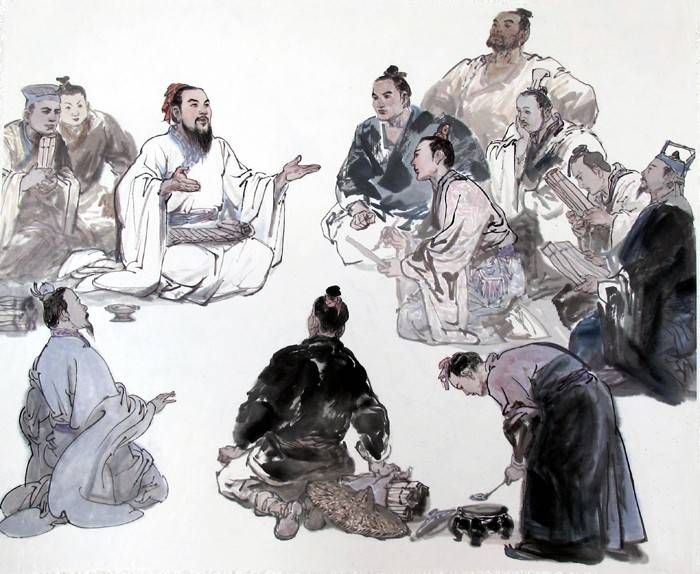

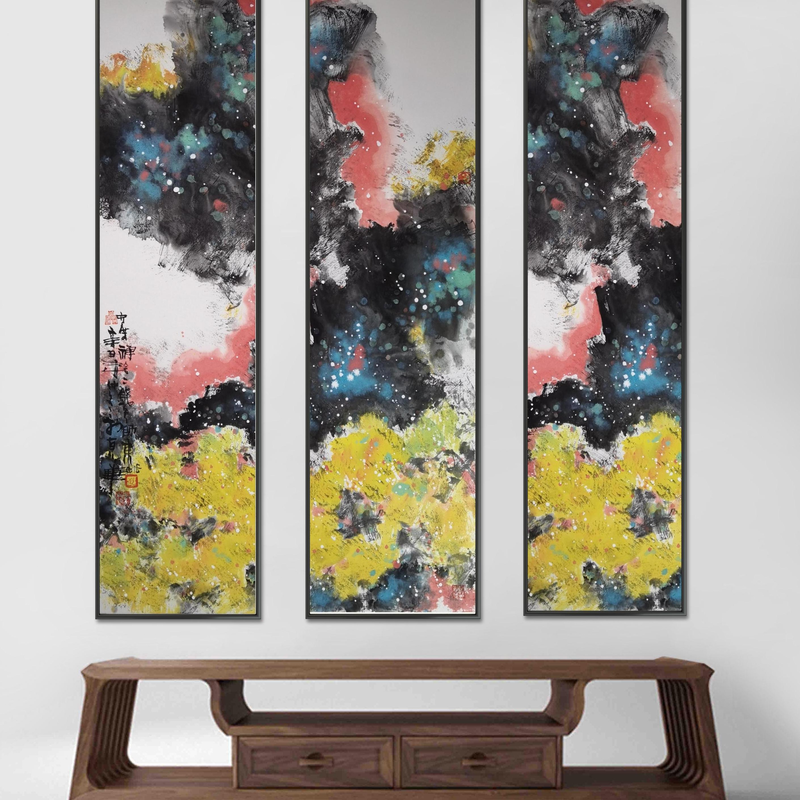
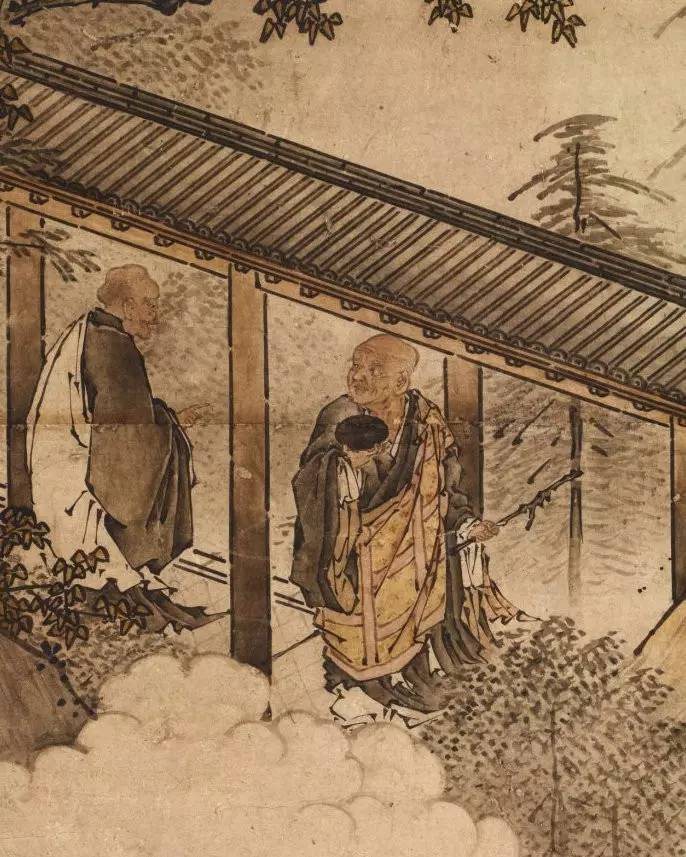
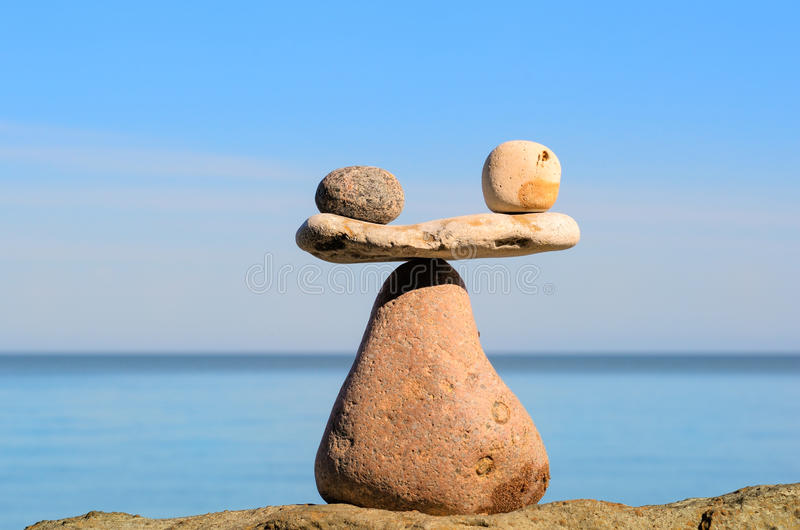
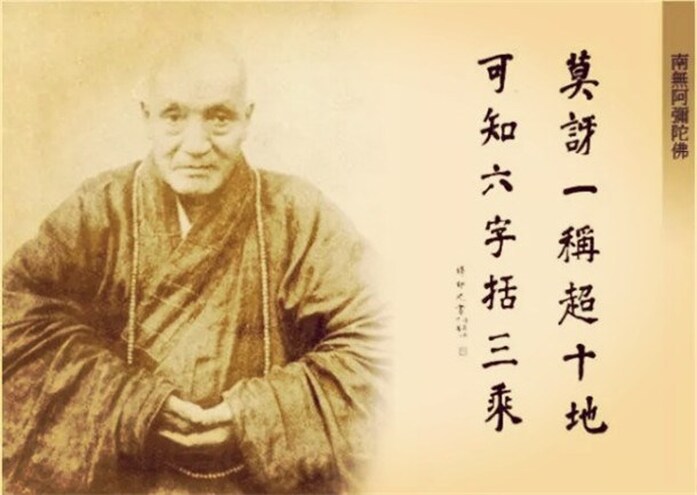
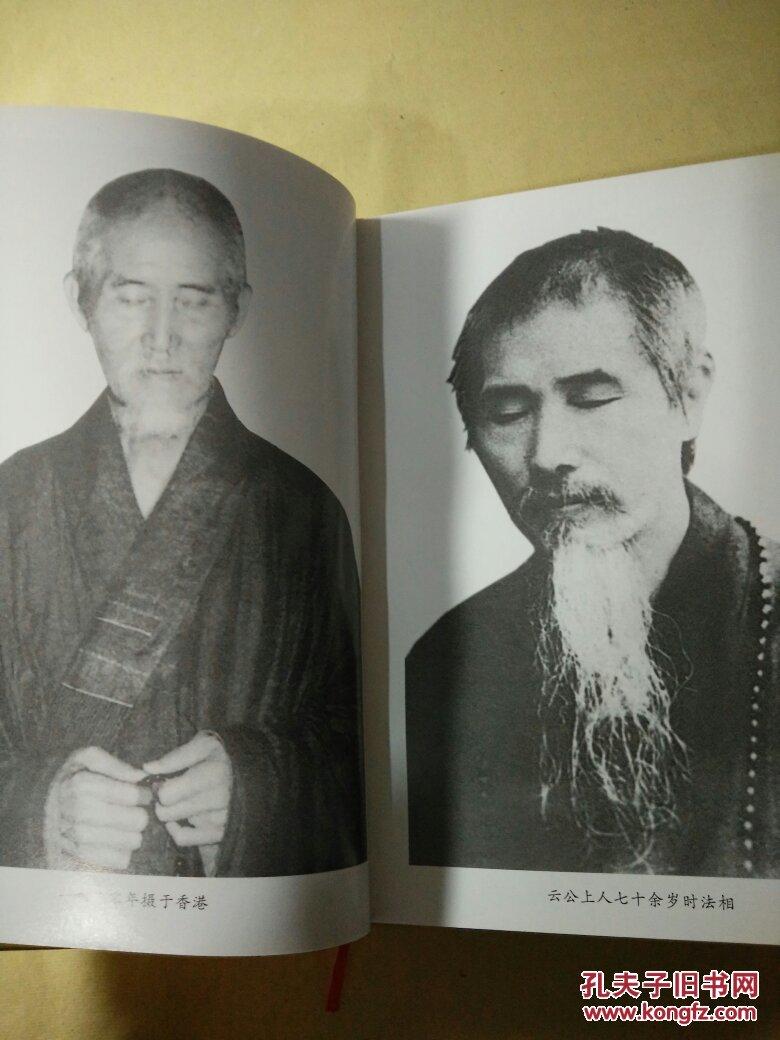
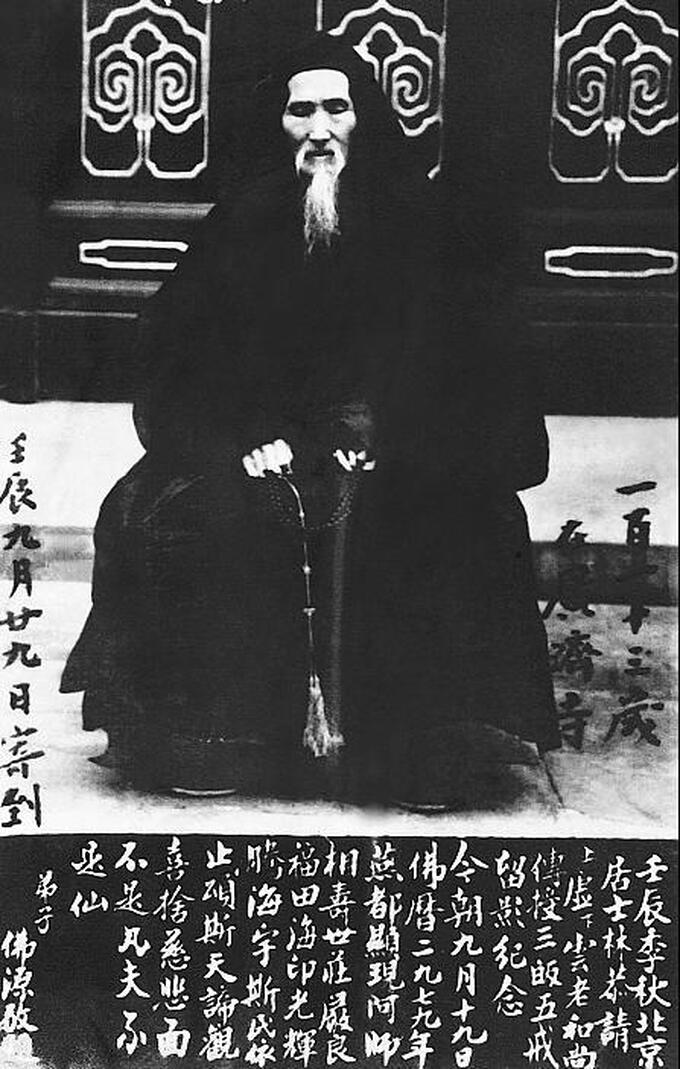
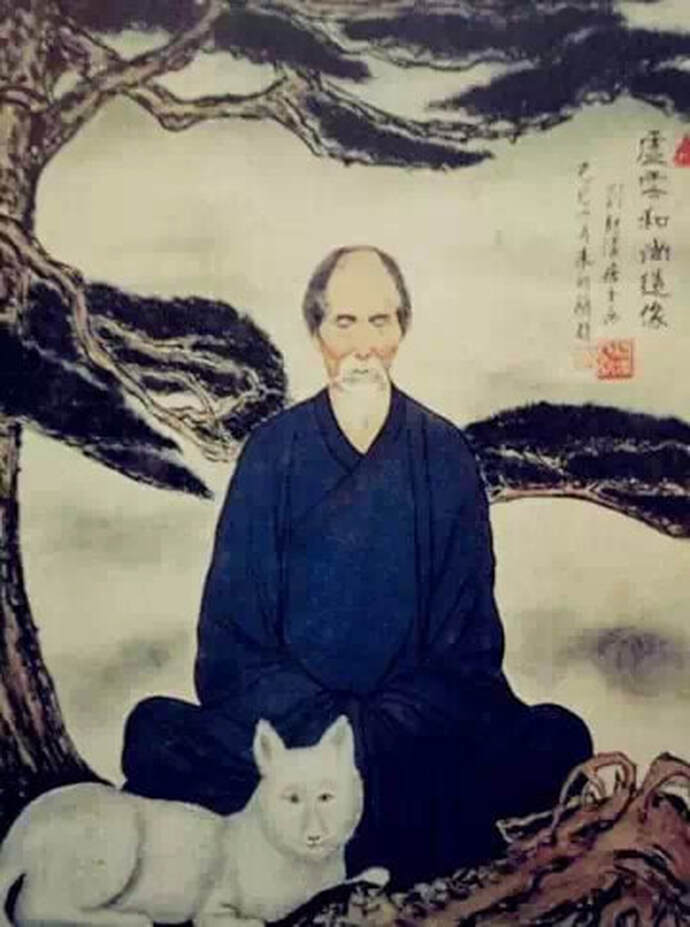
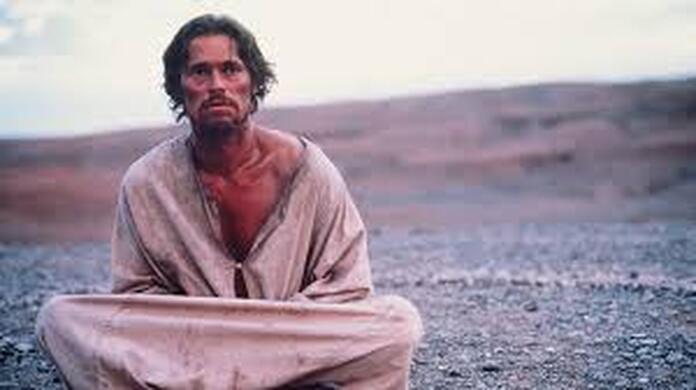


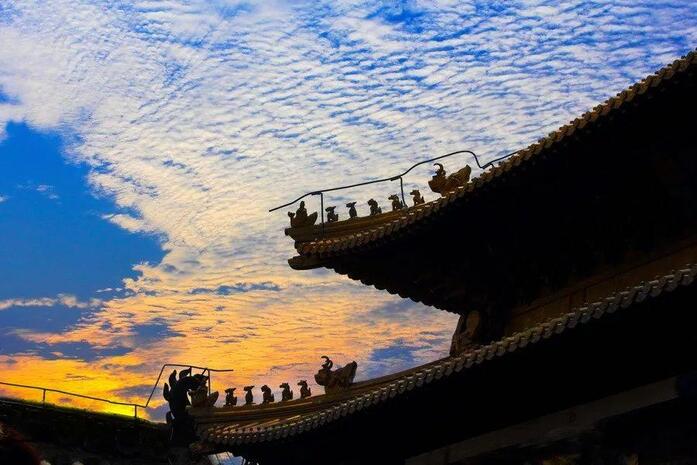
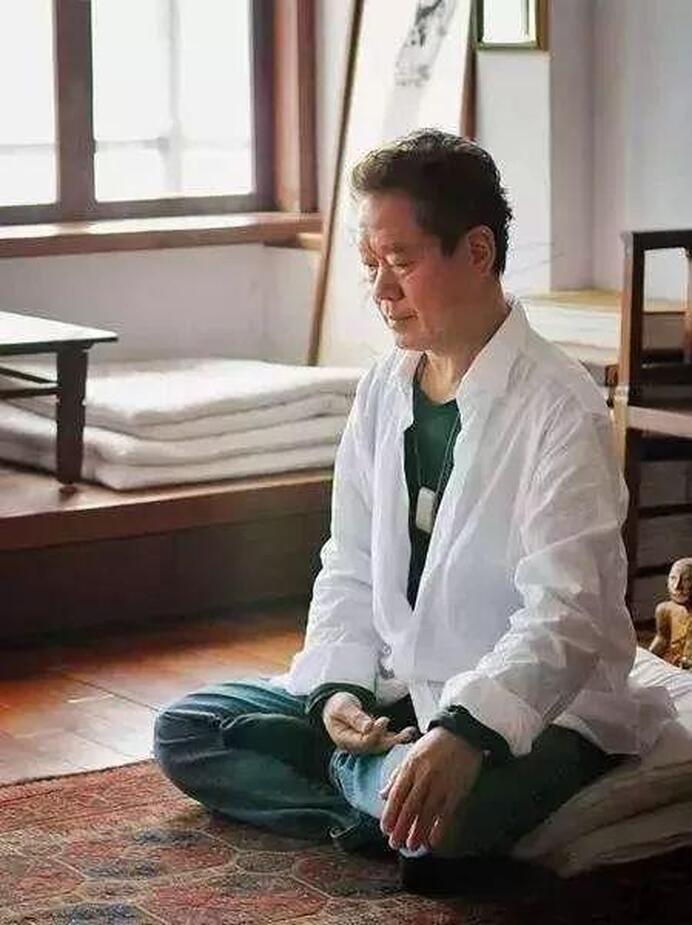

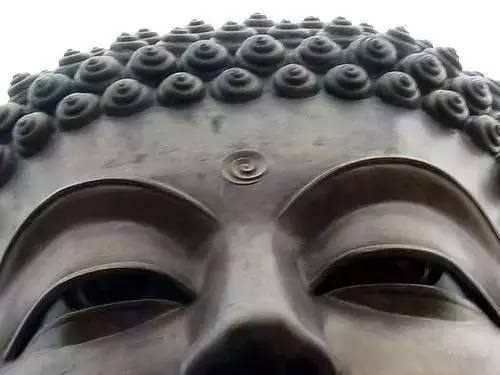
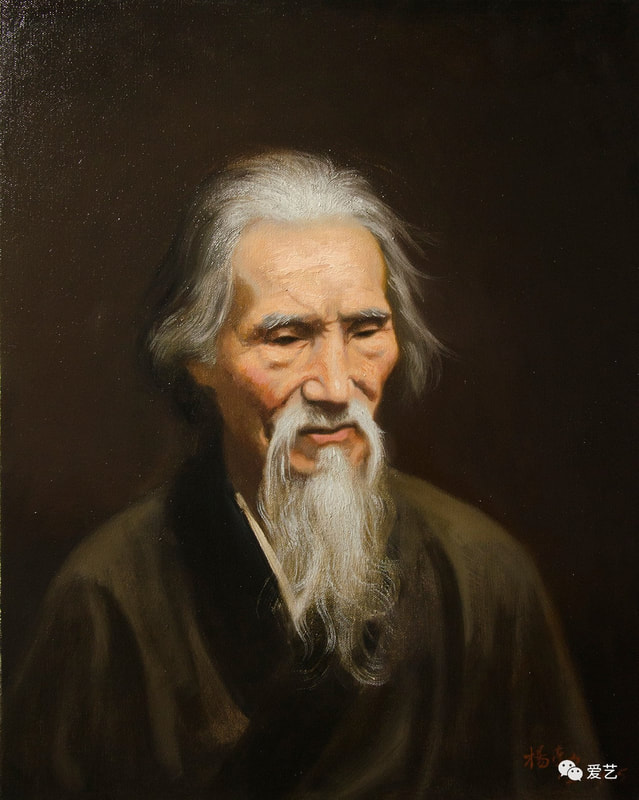
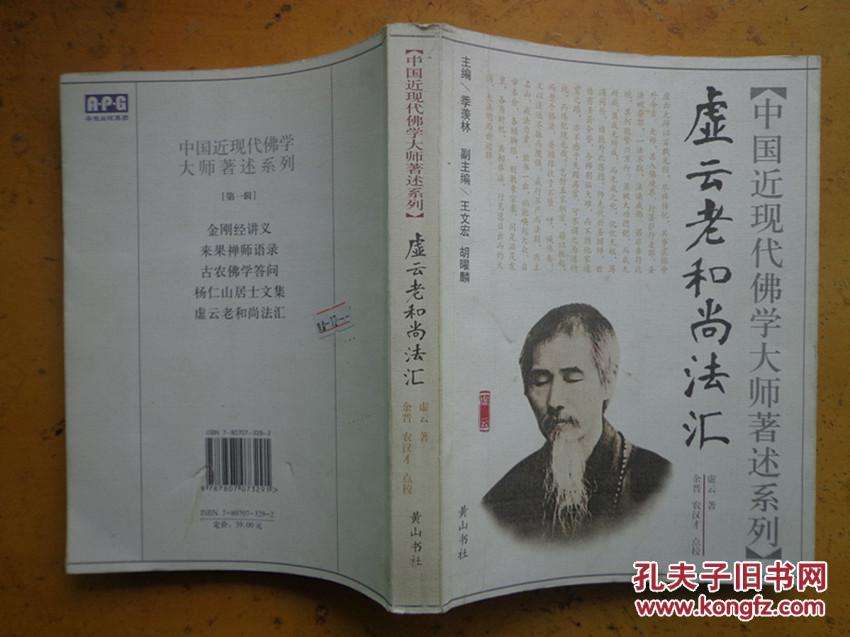
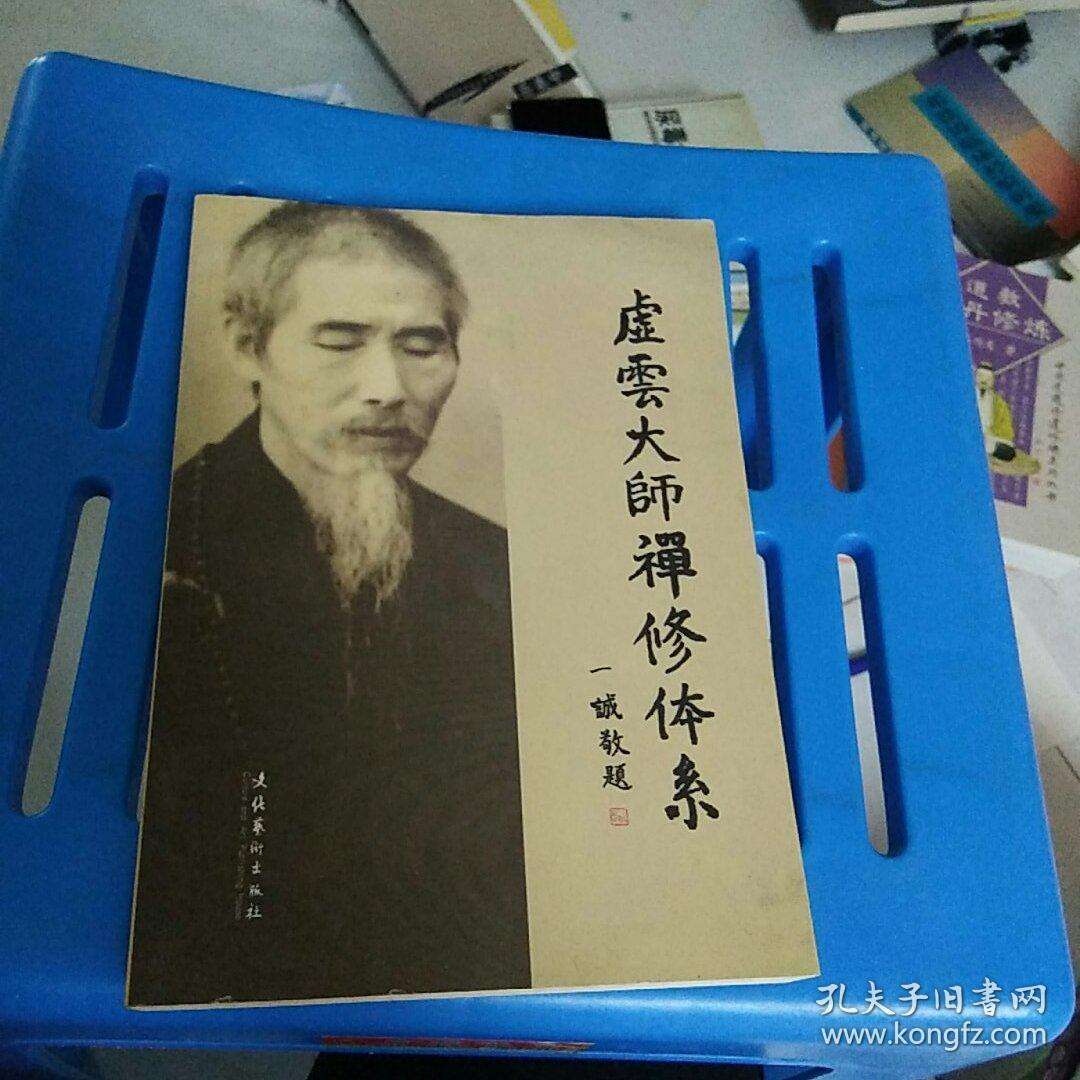
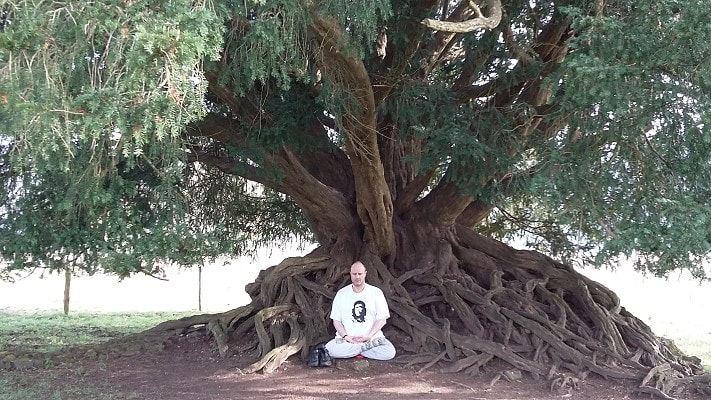
 RSS Feed
RSS Feed